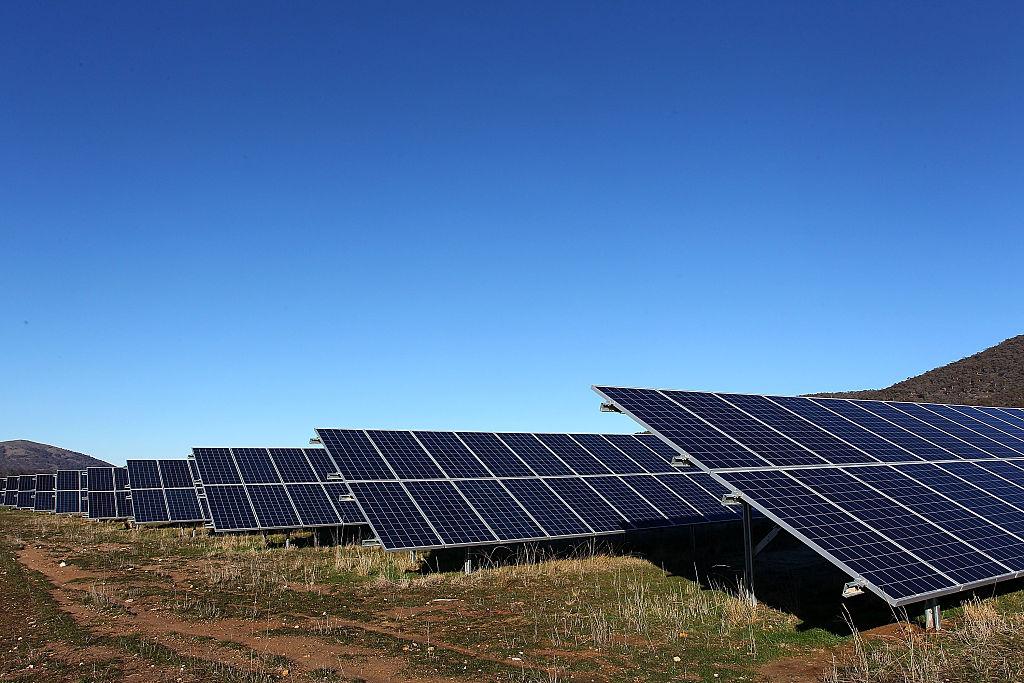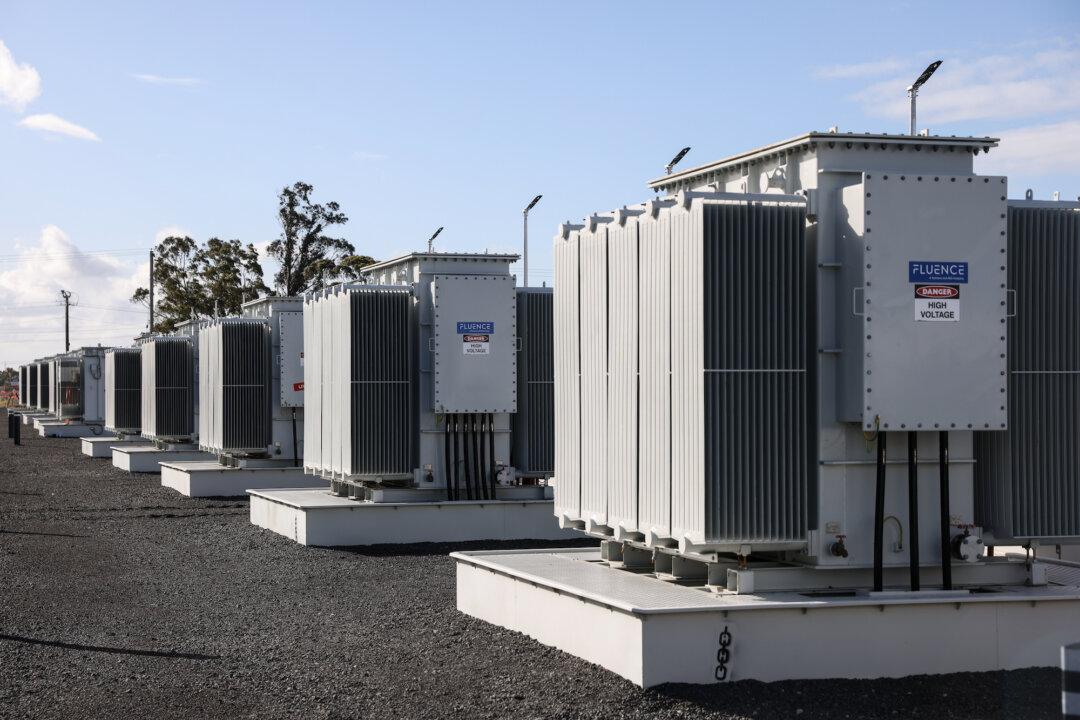To optimize renewable power by bridging the gap in knowledge between renewable companies and landowners, the Australian National University (ANU) has developed maps of Australia that identify places with wind and solar potential.
In an email to The Epoch Times, Prof. Andrew Blakers, from the ANU College of Engineering, Computing and Cybernetics, said that the heat maps allow landowners to determine if their land is good, bad or indifferent for wind and solar farms.




